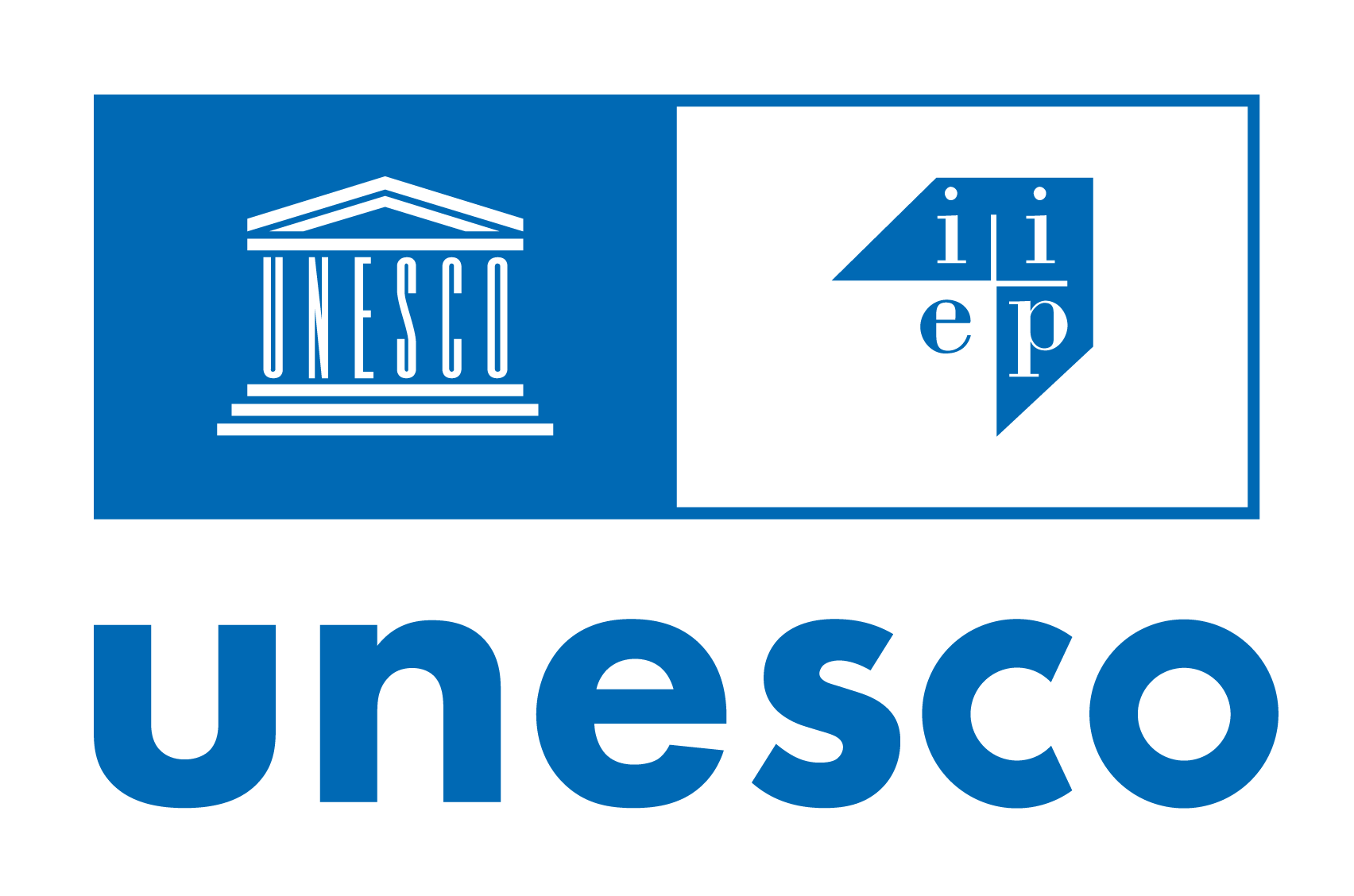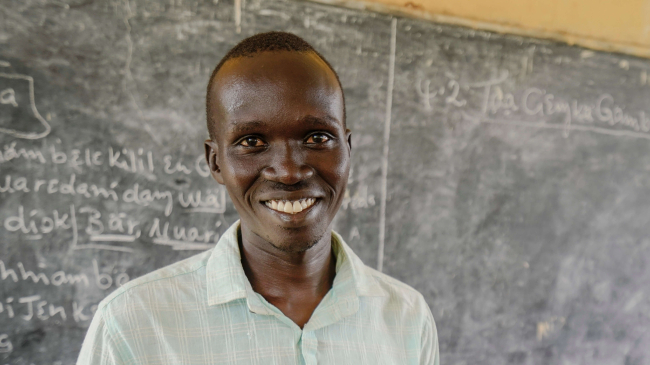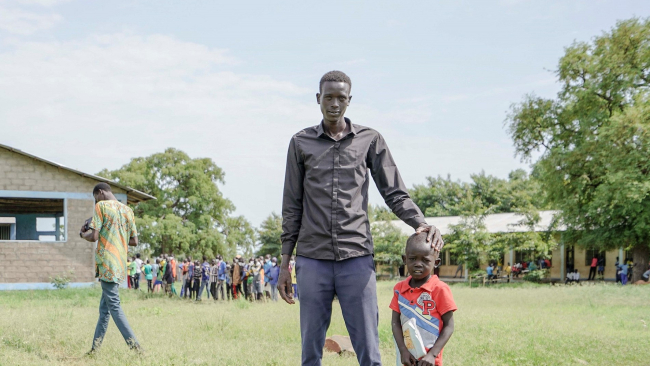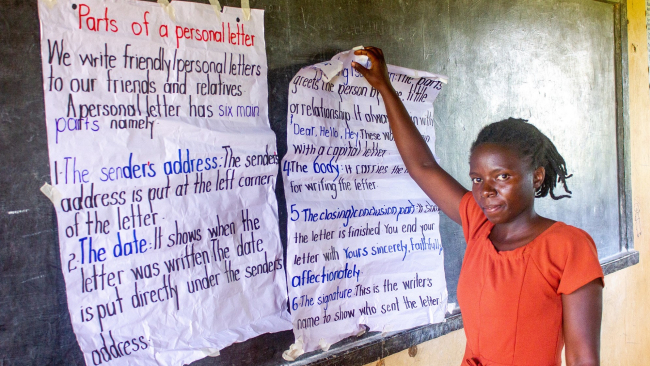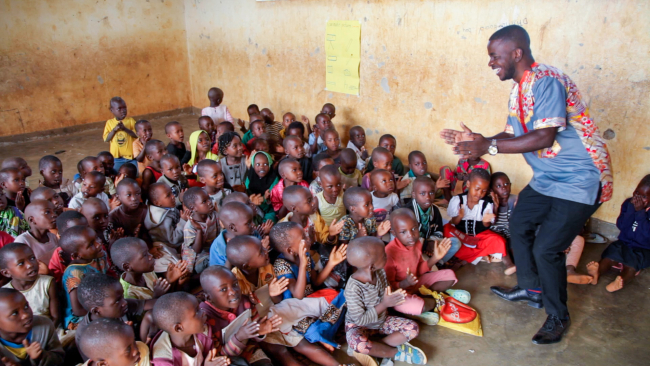Around the world, children’s education is distributed due to security risks and incidents arising from armed conflict and armed violence. Insecurity can be acute and lead to displacement and prolonged school closures. It can also be sporadic or chronic and form part of the day-to-day reality with which learners and educators have to cope. Insecurity hampers access to education, but it can also affect the psychosocial wellbeing of learners and the quality of the learning environment writ large.
While many types of school-based security related activities are implemented in areas affected by armed conflict and violence, it is not clear whether and how the various implementers measure the impact of these interventions on access to education and on the psychosocial wellbeing of learners.
To shed light on this issue, the Safe and Resilient Education Systems (SRES) workstream of the Education Policy Working Group (EPWG) at INEE commissioned a mapping of measurement frameworks and tools applied to four types of school-based security activities and an examination of how they relate to measurement frameworks and tools used for access to education, and psychosocial wellbeing of learners.
The mapping is for both the EiE and CPHA sectors, in particular for those looking to strengthen monitoring and evaluation frameworks and practices for the protection of education from attack and for those looking to develop or enhance integrated CPHA-EiE programs at school level, in areas affected by armed conflict and violence.
The policy note is a 3-page companion to the mapping, highlighting the importance of this issue, key findings from the mapping, and offers recommendations for EiE and Child Protection practitioners and donors.
